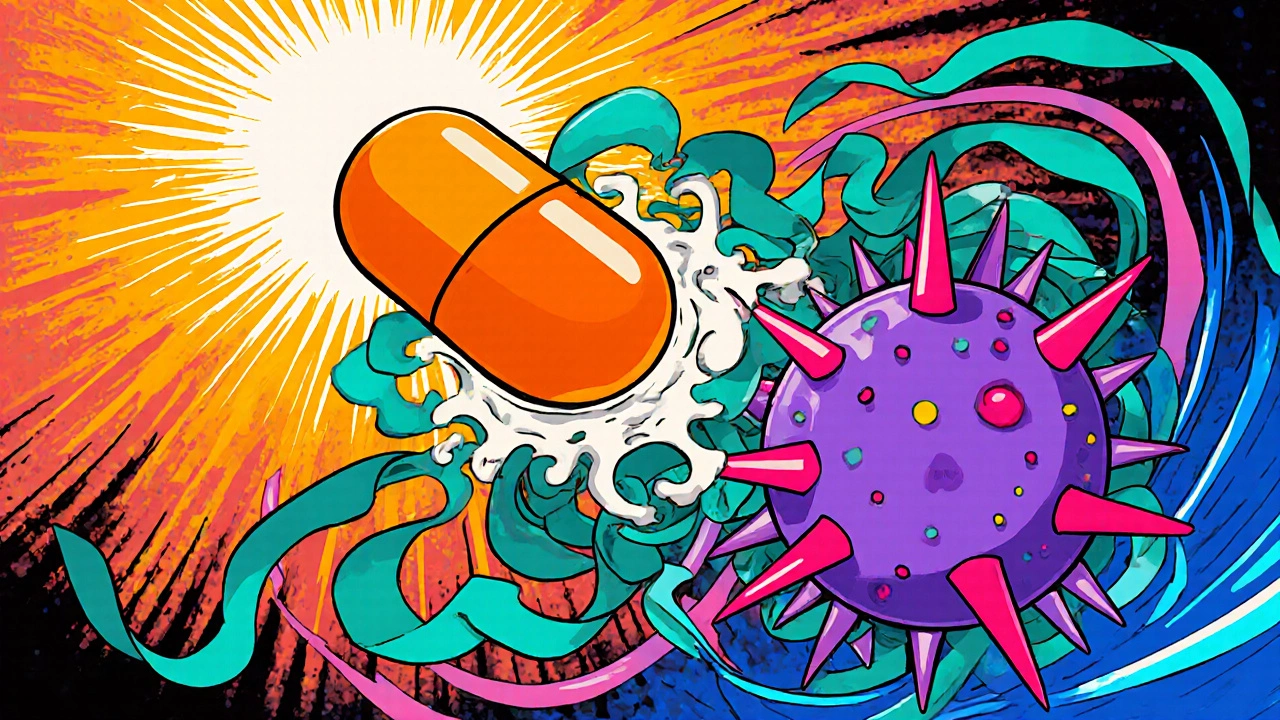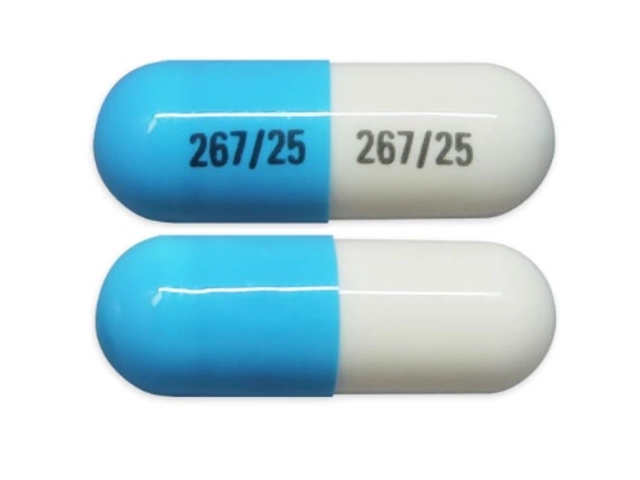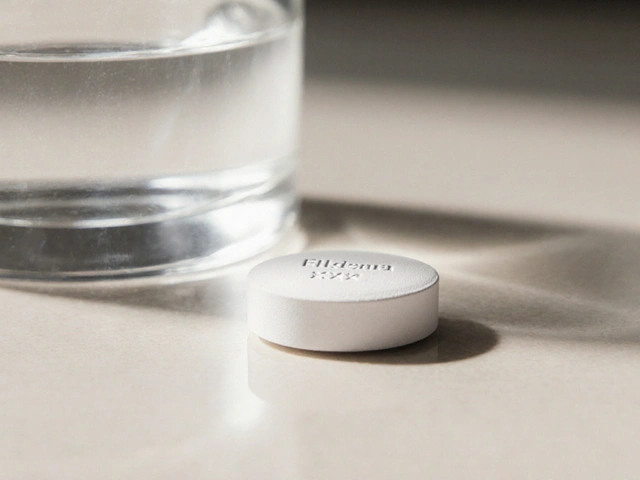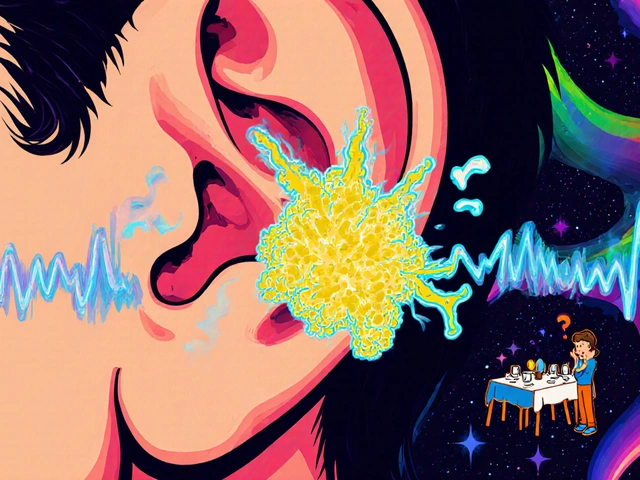Didanosine Dosage: What You Need to Know About Dosing, Side Effects, and Alternatives
When treating HIV, Didanosine, a nucleoside reverse transcriptase inhibitor used to suppress HIV replication. Also known as ddI, it was once a cornerstone of early HIV treatment regimens. While it’s not used as often today due to newer, safer drugs, Didanosine still shows up in specific cases—especially where resistance or limited options force a choice. If you’re taking it, or your doctor is considering it, knowing the right Didanosine dosage isn’t just helpful—it’s critical for safety and effectiveness.
Didanosine works by messing with HIV’s ability to copy itself, but it doesn’t play nice with every other drug. Its dosage depends on your weight, kidney function, and whether you’re taking it with other antiretrovirals. For adults, typical doses range from 200 to 400 mg daily, taken on an empty stomach—usually at least 30 minutes before or two hours after eating. Why? Because food can slash its absorption by up to 50%. If you’re over 60 kg, you might get 400 mg. Under that? 250 mg. But here’s the catch: if your kidneys aren’t working well, your dose drops. That’s because Didanosine builds up in your system and can cause serious nerve damage, pancreatitis, or liver issues. That’s why regular blood tests and monitoring aren’t optional—they’re part of the treatment.
Didanosine doesn’t work in isolation. It’s often paired with tenofovir, a common antiretroviral that shares similar toxicity risks, which is why doctors avoid combining them. It also interacts with allopurinol, a gout medication that can dangerously raise Didanosine levels. Even over-the-counter antacids can interfere if taken too close together. That’s why timing matters: take Didanosine alone, at least two hours before or after anything else. If you’ve had pancreatitis before, or drink alcohol regularly, your doctor will likely skip it altogether.
There’s a reason newer HIV drugs like dolutegravir or bictegravir have replaced Didanosine in most guidelines. They’re easier to take, have fewer side effects, and don’t need strict fasting. But if you’re on Didanosine now, or your situation makes it necessary, understanding the dosage rules, the red flags, and the alternatives can make all the difference. You’re not just taking a pill—you’re managing a complex system. That’s why the posts below dig into real cases, dosing mistakes, drug interactions, and how Didanosine stacks up against other antiretrovirals. Whether you’re a patient, caregiver, or healthcare worker, you’ll find clear, no-fluff guidance on what works, what doesn’t, and what to watch for.
Didanosine Drug Interactions: Essential Guide for Patients and Providers
Learn which meds and supplements affect didanosine, how to manage risks, and what symptoms to watch for to stay safe on HIV therapy.






